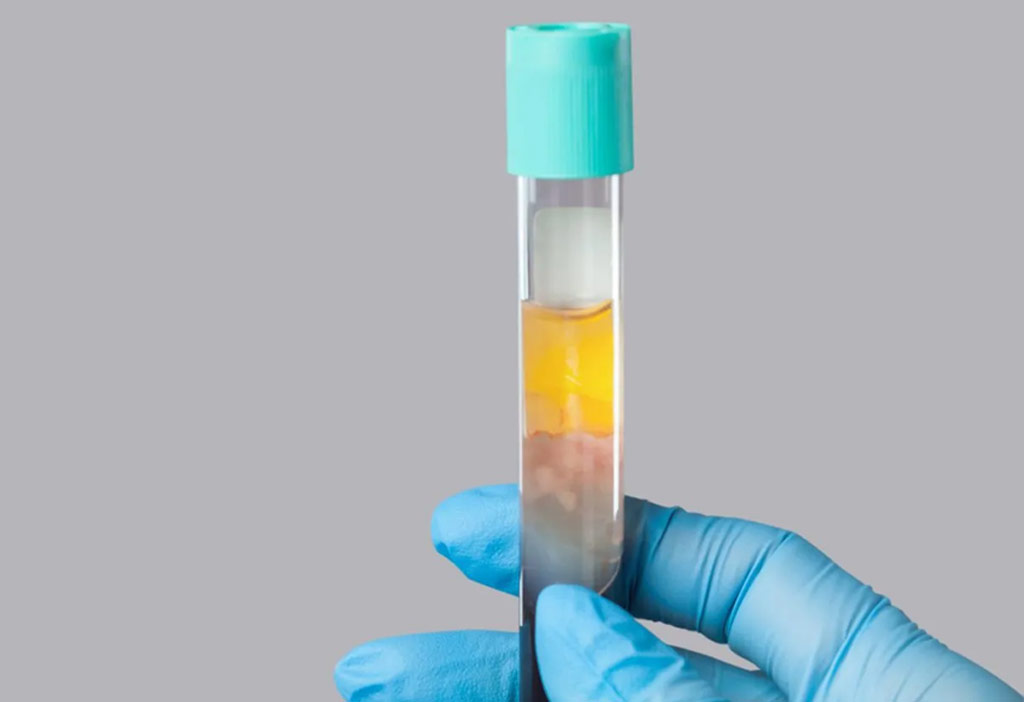.

.
Platelet-Rich Plasma (PRP) treatments have gained immense popularity in recent years. This all-natural, revolutionary treatment has become a go-to solution where other skin therapies have fallen short. But what exactly is PRP, and how does it help build collagen? Let’s dive into the details.
PRP is an advanced and innovative therapy that has been enhancing skin rejuvenation since 2006. Popularized by its coverage in prominent media like Elle Magazine and The New York Times, PRP is celebrated for its ability to naturally revitalize the skin. This groundbreaking procedure uses your body’s own growth factors to improve skin health and appearance.
Your blood is rich in Platelet-Derived Growth Factors (PDGF), which are crucial for promoting skin health, texture, and tone. During a PRP treatment, these growth factors are concentrated and applied to targeted areas to regenerate collagen and enhance skin circulation.
When PRP is injected into the dermis layer of the skin, it stimulates skin cell division, improves tissue nourishment, and restores a youthful appearance. This process helps correct visible signs of aging and rejuvenates the skin naturally.
PRP is versatile and can be applied to various areas of the body, including the face, neck, décolletage, hands, and upper arms. Common concerns addressed by PRP include:
For optimal results, most people require 3 to 6 treatments spaced 4–6 weeks apart. Maintenance treatments are recommended every 1 to 2 years, depending on your skin type and texture.
PRP is a minimally invasive, natural treatment that delivers long-lasting skin revitalization with less discomfort than traditional procedures. Whether you choose injections or topical application, PRP can help you achieve a healthier, more youthful complexion.